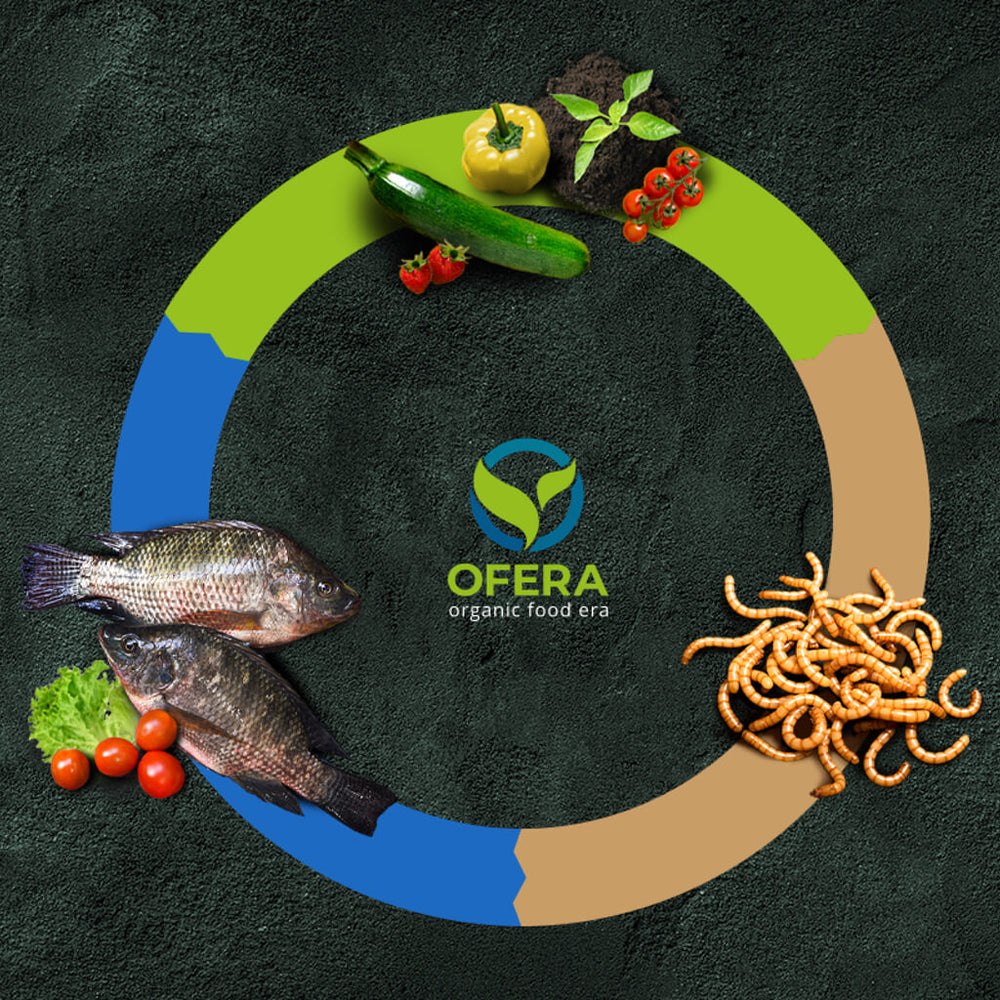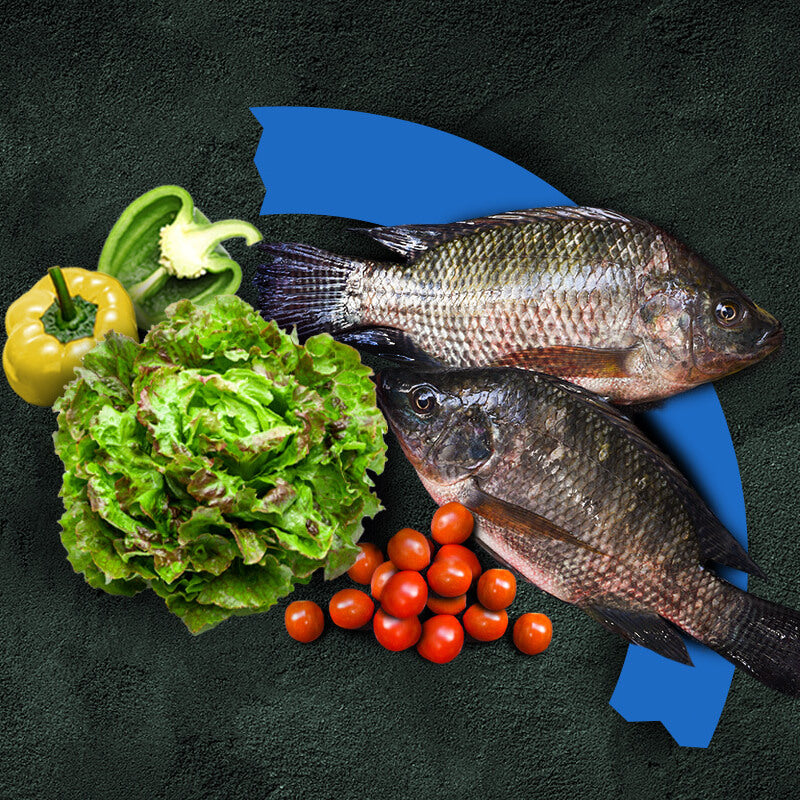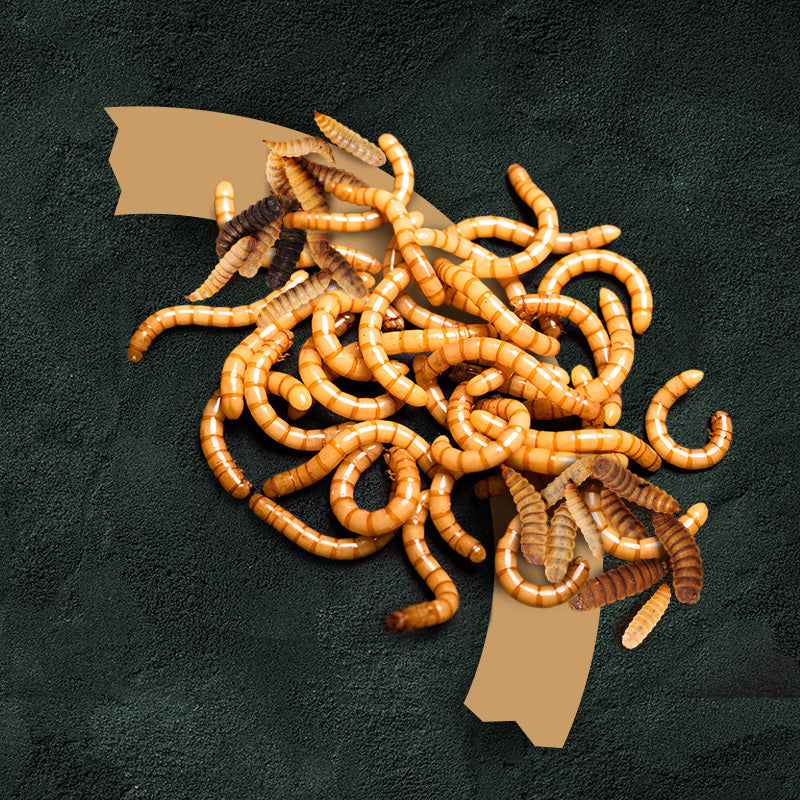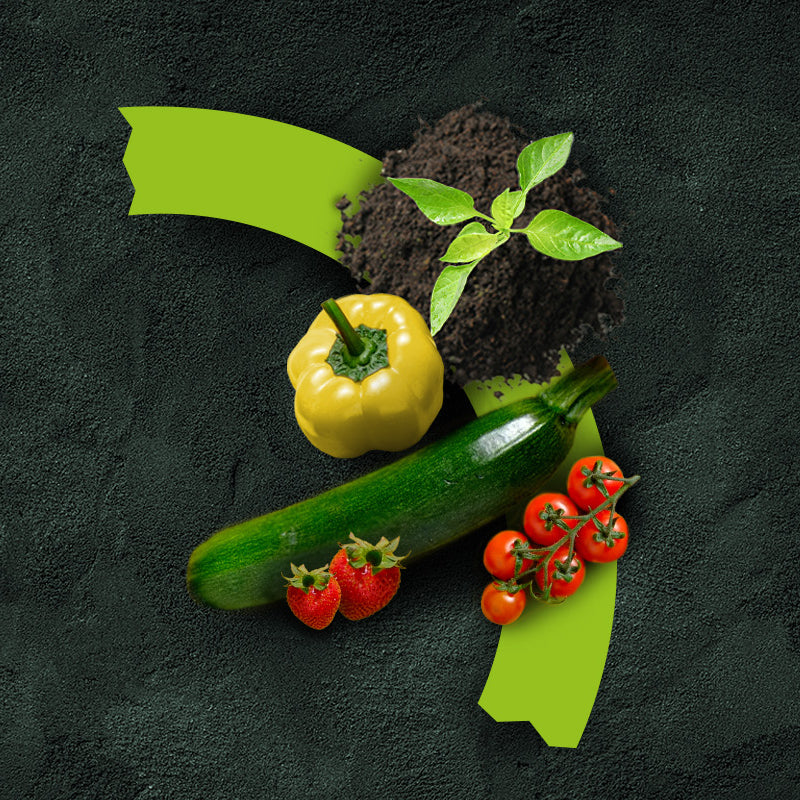Have you accumulated a pile of cardboard shipping boxes after your recent online orders? Instead of just throwing them into the recycling bin, why not use them more wisely—in your worm farm! In this Short-Bite, I’ll show you how we shred cardboard shipping boxes and paper waste to turn them into perfect food for our worms in the worm farm, helping to produce high-quality worm compost.
Why Use Cardboard Shipping Boxes and Paper Waste for Worm Farm Composting?
Shipping boxes out of cardboard and other paper waste may not seem like typical worm food, but they are perfect for cardboard composting in your worm farm! Composting cardboard is an excellent way to reduce waste while optimizing the use of your worm composting bin. Earthworms, such as red worms and red wrigglers, love cellulose-rich materials like paper and cardboard, which help regulate moisture and the carbon-to-nitrogen ratio in your worm farm. Shredded cardboard boxes and paper waste offer several benefits:
- Moisture regulation: Cardboard materials like cardboard boxes and paper waste absorb excess moisture in the vermiculture bins, keeping conditions ideal for your compost and worms.
- Improved aeration: The shredded pieces help create a structured layer and ensure proper airflow in the vermicompost, which is essential for effective decomposition.
- Reducing waste: Instead of throwing away bulky shipping boxes and paper waste, you give them a second life by turning them into valuable worm bedding in your worm farm or worm composting bin!
How to Shred and Add Cardboard to Your Worm Composting Bin
In this video, you’ll see how we carefully shred our excess shipping boxes and paper waste to mix them into the worm box. It’s important to first remove any tape, labels, or plastic from the cardboard boxes. Then, we shred the material using our shredder, but you can also do this with a utility knife, scissors, or even by hand. The smaller the pieces, the easier it is for the worms! Afterward, we mix the shredded materials with other organic waste like kitchen scraps into the worm composting bin to maintain the carbon-to-nitrogen ratio and ensure effective vermicomposting. By mixing paper scraps (carbon) with organic waste like kitchen scraps (nitrogen), you achieve the right consistency and maintain the perfect balance in the worm composting bin.
Benefits of Using Paper Waste and Cardboard in Worm Composting
By adding paper waste and cardboard from shipping boxes to your worm farm or inground composter, you help balance the carbon-to-nitrogen ratio, which is crucial for a healthy compost environment. These materials provide structure for microorganisms and other beneficial helpers, improve aeration, and regulate moisture in the worm composting bin. It’s an excellent way to reduce waste while enhancing the quality of your vermiculture bins!
Watch the Video on Worm Composting with Paper Waste from Shipping Boxes!
Check out the video Short-Bite where I demonstrate how we shred paper waste from shipping boxes, and then compost it with our worms in the worm composting bin.
Interested in Starting Your Own Worm Farm?
By composting not just your kitchen scraps but also your paper waste and shipping boxes, you’re making a positive contribution to the environment. Worm composting is a simple and effective way to reduce waste and produce valuable worm humus through your worms for the worm farm. Do you already have a worm box? Give it a try and share your experience with us in the comments!










Leave a comment